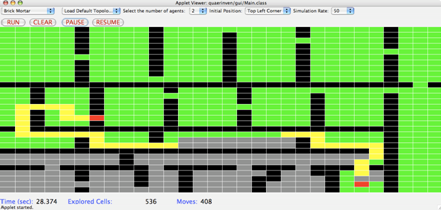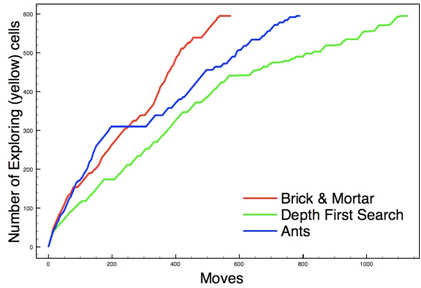|

Project Leader
Niki Trigoni
Project Participant
Ettore Ferranti
Project Details
Funder: EOARD
Keywords
Mobile Agents,
Sensor Networks
|
Robust and Real-Time Event Detection in Wireless Sensor Networks (RED-WSN)
Recent advances in micro-electromechanical systems (MEMS) are allowing the deployment of small nodes with sensing capabilities within an area for monitoring purposes. These nodes have processing and storage capabilities, and are able to communicate with each other through wireless multi-hop links. They have the potential of sensing the ambient environment, and collaborating with each other to detect high-level events of interest. This project will focus on sensor network deployment for security and surveillance applications, which present critical requirements for reliable and real-time event detection. The objective will be to carefully express composite events that are of interest to security applications, and process these events within the network in a distributed manner.

Figure 1: Simulation of the Brick&Mortar Algorithm.
The main challenges that will be addressed are i) to provide reliable detection of user-defined composite events, even in the presence of intermittent failures in the communication infrastructure and ii) to ensure immediate (real-time) reaction to high-level events by activating nearby sensors, communicating high-level events to interested parties, or raising alarms. At the implementation level, this project will involve evaluating distributed event detection techniques using simulation tools and a real sensor network platform.

Figure 2: The proposed algorithm (Brick&Mortar) performs much faster than the current approaches.
The agents thicken the walls marking cells as visited and leaving "corridors" of exploring cells to let the other go through. The corridors are closed when the last agent go through them, and we can tell when the algorithm terminates.
For further details, downloadable software and articles visit the project website at www.dcs.bbk.ac.uk/~assent/Red-Wsn
www.dcs.bbk.ac.uk/~assent/
|



